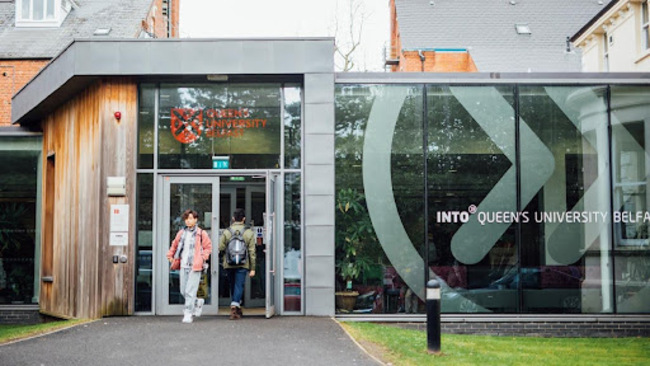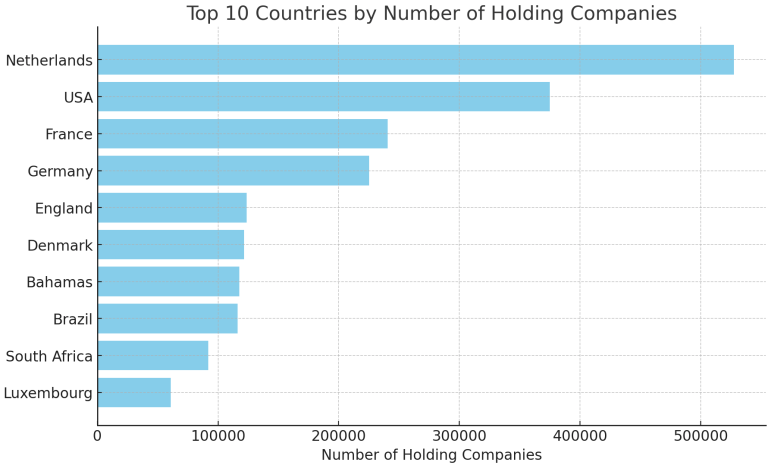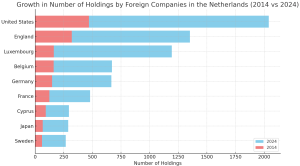Retirement is a significant life milestone, and preparation is required to guarantee a secure future. Whether you’re planning to spend your golden years exploring newfound interests or spending time with friends and family, having a comprehensive plan in place is imperative.
Financial Planning
One of the most important aspects of retirement preparation is financial planning. By setting clear goals and objectives and building a budget, you can ensure that your savings will support the lifestyle you want to have. Consider these:
Savings Goals and Budgeting
Assess your current savings situation and estimate the income you’ll need to maintain your lifestyle. Adjusting your spending and setting realistic goals will allow you to build a retirement budget that meets your needs. To secure something like this, explore personal savings accounts, pensions, and diversified investment portfolios.
International SIPP
If you’re considering retirement abroad, an International SIPP (Self-Invested Personal Pension) is worth looking into. An International SIPP allows you to be flexible when managing your pension investments across borders, offering investment and tax advantages that are beneficial for those who aim to retire internationally. This allows for global asset diversification, making it an amazing choice for those seeking financial security abroad.
Managing Your Income
Alongside savings, it’s important to establish diversified income sources to ensure consistent cash flow throughout retirement.
Diversification Strategies
A diverse income is key to a stable retirement plan. Options like rental income and dividend-yielding stocks can provide additional layers of financial security, especially during volatile market conditions.
Reviewing Risk Tolerance
As you approach retirement, your risk tolerance may need to change to protect your investments. You should consider adjusting your portfolio so that you have way more conservative options that provide consistent returns. Reviewing these risks regularly will help manage financial volatility effectively, especially as conditions change over time.
Healthcare and Insurance
Healthcare is an example of another substantial expense in retirement, so preparing for these costs early is essential to ensure financial stability.
Healthcare Expenses
Retirement intertwines with an increased need for healthcare services. It’s important to plan for potential medical costs, especially if you’re considering retiring abroad. Try to familiarise yourself with healthcare systems in your desired retirement location to anticipate the costs that you may encounter.
Insurance Plans
Key insurance policies, e.g. long-term care insurance, health insurance and life insurance, provide the necessary financial coverage for retirement. Long-term care insurance, particularly, can prevent your savings from depleting because of health-related expenses.
Planning Your Lifestyle
Retirement is an opportunity to reshape your lifestyle with more time for leisure, family and self-development.
Establishing a Routine
Creating a daily routine that balances relaxation with productive activities can make your transition much smoother. Try setting goals that support your mental health. You could also join community groups, volunteer, and start new hobbies.
Family and Friendships
Retirement can be isolating and lonely if not managed well. It’s important to stay socially connected to those you know. Prioritise time with family and friends, as social interactions are proven to improve your overall long-term health.
Estate Planning
An estate plan ensures that your assets are distributed according to your wishes, providing you peace of mind.
Setting Up Wills and Trusts
Preparing your will or establishing trusts helps clarify the distribution of your assets, reducing legal complications in the future.
Inheritance and Taxes
Inheritance and estate taxes can impact the wealth you leave behind, so it’s wise to consult with a financial advisor to explore strategies for tax; that way, your loved ones can benefit from your legacy.
Ultimately, planning for retirement requires strategic thinking. It needs an approach that covers financial, healthcare, lifestyle and estate planning. The earlier you address these concerns, the quicker you can curate a strategy that supports your current needs and future requirements. Consult with a professional where necessary so that you don’t make any mistakes and guarantee a secure future.













 Bitcoin
Bitcoin  Ethereum
Ethereum  Tether
Tether  XRP
XRP  USDC
USDC  TRON
TRON  Lido Staked Ether
Lido Staked Ether  Cardano
Cardano  Avalanche
Avalanche  Toncoin
Toncoin  Solana
Solana